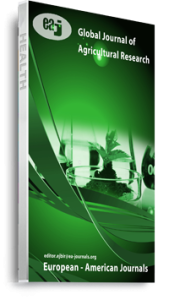An on-farm farmer participatory research project was carried out in Kenya to improve the management of indigenous chicken and their productivity at farm level, in five different agro-ecological zones. This paper details the research methodology used and highlights some experiences and lessons learnt. The major objectives of the on-farm research were; to improve management and productivity of indigenous chicken at farm level, to change attitudes towards indigenous chicken, to improve farmers capacity and ability to carry out research (involve them in design, implementation and monitoring activities) using local resources and, to exploit the potential of indigenous chickens to contribute to poverty alleviation among rural landless people mainly women.
The research project was carried out in five different agro-ecological regions. In each region, four clusters (each cluster from a different village) were selected comprising of ten farmers each. This was followed by farmer training workshops that were held at cluster level. Implementation of a variety of improved management practices was done largely by use of local resources and farmers participation. Monitoring and evaluation were done continuously by farmers and on a regular basis by the research team.
Over five hundred farmers were trained on improved management practices for indigenous chicken production, a figure higher than 2-fold the anticipated target. An important achievement was made in the way of creation and enhancement of social capital by bringing together individual farmers and the research team to interact freely and share information, knowledge and experiences. Mutual trust, interest and enthusiasm were generated and were instrumental in the subsequent implementation of the project. Farmers were able to implement a variety of interventions from a basket of options, at their own pace and, with their own locally available resources. Formation of farmer groups (clusters) was a big boon in securing some limited external inputs such as roofing materials and vaccines through joint efforts (harambee)
This paper demonstrates and emphasises that involvement of beneficiaries in anti-poverty initiatives, is an imperative if the objectives are to be achieved.
Keywords: East Africa, Indigenous Poultry, Participatory Development

